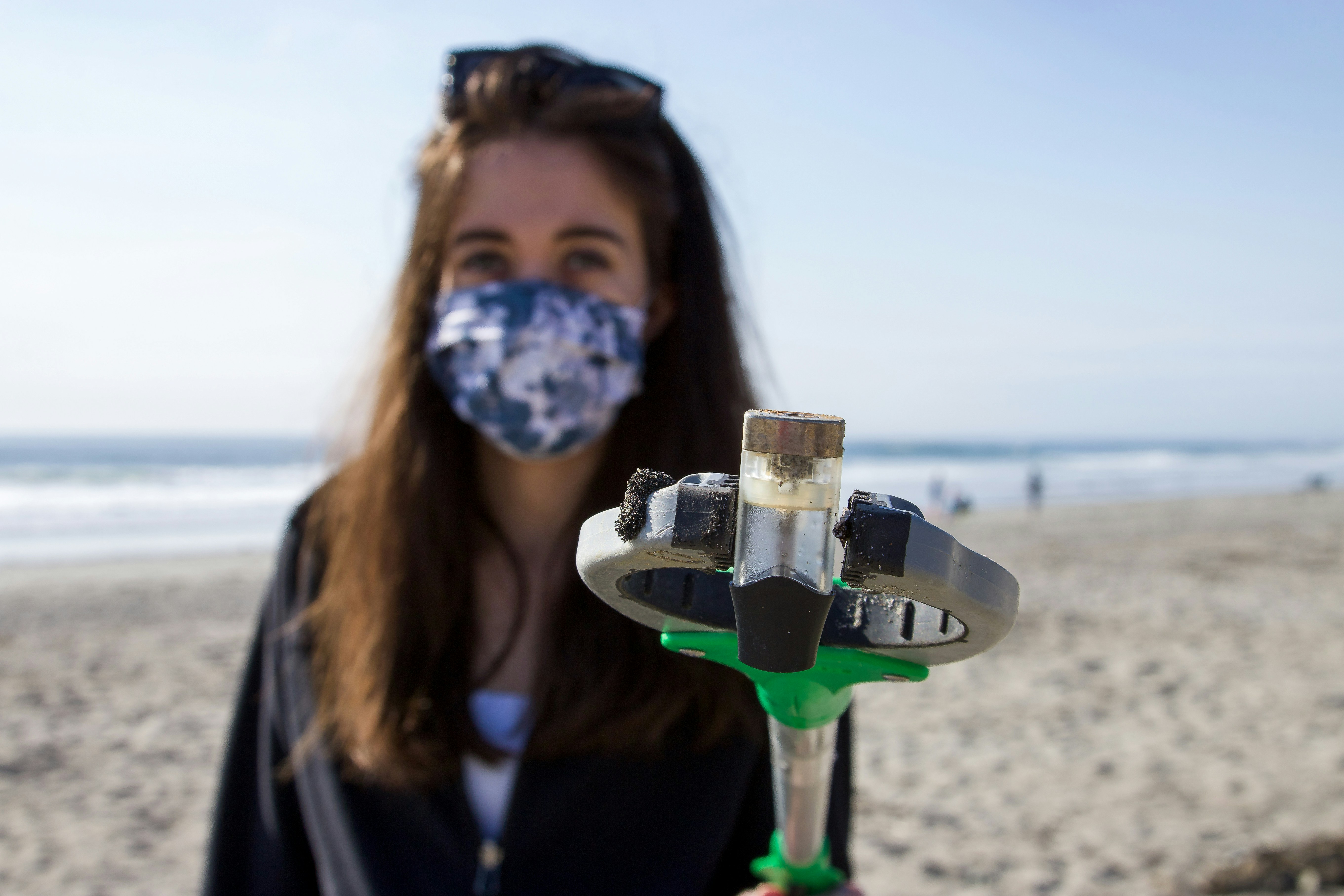The Hidden Threat of Microplastics

Microplastics are small plastic particles less than 5mm in diameter that have become a pervasive pollutant in our environment. They originate from a variety of sources, including the breakdown of larger plastic debris, microbeads in personal care products, and synthetic fibers from clothing. While much attention has been given to the visible pollution of plastic waste, microplastics pose an equally significant, albeit less visible, threat to human health and ecosystems. This blog post delves into the sources, impacts, and potential solutions to the microplastics crisis.
The Ubiquity of Microplastics

Microplastics are found everywhere—from the deepest ocean trenches to the highest mountain peaks. They have infiltrated our water, air, and food. A 2019 study by the World Health Organization (WHO) highlighted the widespread presence of microplastics in drinking water, while research published in Nature Geoscience found microplastics in Arctic snow, suggesting atmospheric transport over long distances.
Sources of Microplastics
- Fragmentation of Larger Plastics: Over time, larger plastic items break down into smaller particles due to environmental exposure.
- Personal Care Products: Many exfoliating scrubs and toothpaste contain microbeads, which are washed down the drain and enter water systems.
- Synthetic Clothing: Washing synthetic fabrics releases microfibers into wastewater, which wastewater treatment plants cannot fully capture.
- Industrial Processes: Certain industrial processes, such as the production of plastic pellets (nurdles), contribute to microplastic pollution.
The Impact on Human Health

Microplastics have been detected in human stool, suggesting ingestion through food and water. While the long-term health impacts are still being studied, there are several potential risks:
- Chemical Contaminants: Microplastics can absorb and concentrate harmful chemicals from the environment, which may then enter the human body and cause adverse health effects.
- Physical Harm: Ingested microplastics can cause physical damage to the gastrointestinal tract and other organs.
- Endocrine Disruption: Some microplastics contain endocrine-disrupting chemicals, such as phthalates and bisphenol A (BPA), which can interfere with hormone function.
A 2020 study in Environmental Science & Technology estimated that humans might consume between 39,000 to 52,000 microplastic particles per year, with potential health risks still largely unknown.
Environmental Consequences

The environmental impacts of microplastics are extensive and far-reaching:
- Marine Life: Marine organisms, from plankton to whales, ingest microplastics, mistaking them for food. This ingestion can lead to physical harm, reproductive issues, and even death. A study by the University of Exeter found that 70% of marine species studied had ingested microplastics.
- Soil Contamination: Microplastics in soil can affect soil health and biodiversity, impacting plant growth and the organisms that live in the soil.
- Bioaccumulation: Microplastics can bioaccumulate in the food chain, affecting not just marine life but also the animals and humans that consume them.
Potential Solutions and Mitigation Strategies

Addressing the microplastics crisis requires a multi-faceted approach:
1. Policy and Regulation
Governments and international bodies need to implement stricter regulations to limit microplastic pollution. The European Union, for example, has proposed restrictions on intentionally added microplastics in products.
2. Improved Waste Management
Enhancing waste management systems to reduce plastic waste leakage into the environment is crucial. This includes better recycling processes and the development of biodegradable alternatives.
3. Public Awareness and Behavior Change
Educating the public about the sources and impacts of microplastics can drive behavior change. Reducing plastic use, choosing natural fiber clothing, and avoiding products with microbeads are steps individuals can take.
4. Research and Innovation
Investing in research to understand the health impacts of microplastics and developing innovative solutions to capture and remove microplastics from the environment is essential. Scientists are exploring technologies like advanced filtration systems for wastewater treatment and new materials that degrade more safely.
Conclusion: A Call to Action
The microplastics crisis is a pressing environmental and public health issue that requires immediate and sustained action. By understanding the sources and impacts of microplastics, we can take informed steps to mitigate their presence in our environment and bodies. Collective efforts from policymakers, industries, researchers, and individuals are essential to tackle this hidden threat.
What actions are you taking to reduce microplastic pollution in your daily life? Share your tips and experiences in the comments below. Together, we can make a difference in combating microplastic pollution.
References:
- World Health Organization. (2019). Microplastics in drinking water. Retrieved from WHO
- “Microplastics in the Arctic snow.” (2019). Nature Geoscience. Retrieved from Nature
- Cox, K. D., et al. (2019). “Human Consumption of Microplastics.” Environmental Science & Technology, 53(12), 7068-7074. Retrieved from ACS Publications
- “Microplastics and Marine Life.” (2020). University of Exeter. Retrieved from Exeter University




